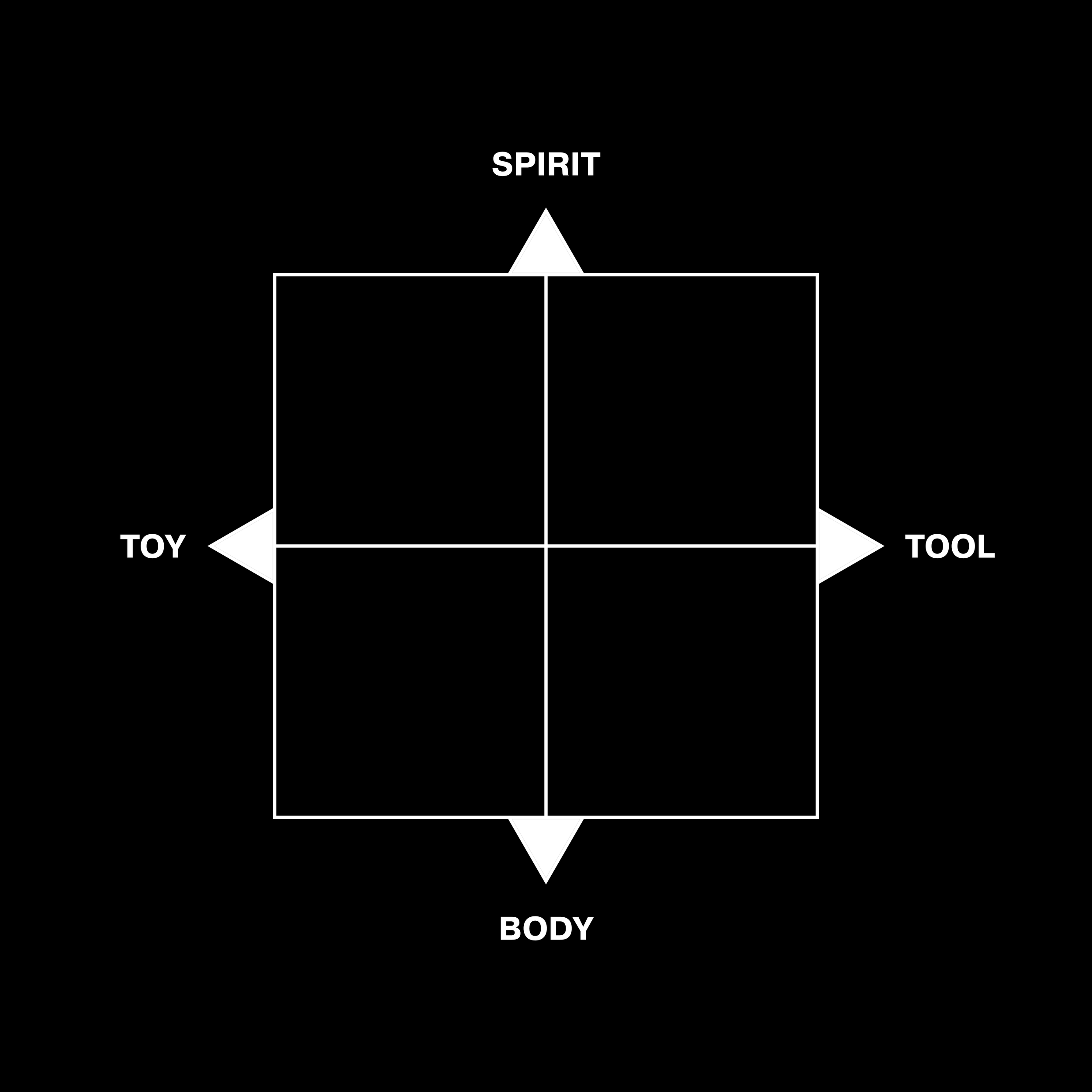M.A.P.L.E.D. SYSTEMS
NEST_OS
NEST_OS is a collection of MAPLED systems and components to support modes of living, working, and making meaning within our home space(s).
NE_001.PARACORD_SHAKER_RAIL_KIT_S_A-1.0 is the first MAPLED SYSTEM designed for BLOT. Like a traditional Shaker Rail, BLOT’s version is intended to declutter space by suspending objects up and away from useful surfaces.
“traditional furniture was never organized as a whole system. the pieces were a bunch of separate, unrelated objects determined by inertia & sentiment. feeble efforts were made to organize them “visually” but that was just another trap. the old culture always tried to make the unworkable endurable by overlaying it with whichever “good taste” is going at the moment. unfortunately this is like trying to make airplanes look like birds. that never worked either. that’s because you can’t make feathers out of aluminum. Living Structures work with interpenetration of spaces & systematically, geometrically get more performance from a smaller array of components in a more cohesive area. away from room walls they aid circulation, movement & cleaning. one of the most profound results of the Living Structure synthesis is that it frees a larger part of the space in any room for open & inventive uses. you have room left over for tearing a motorbike down, gallery-mounting pre-Columbia sculpture collections or restoring great-grandma’s Singer sewing machine. in a traditional “living room” all these activities would not fit in very well.”
-Ken Isaacs HOW TO BUIILD YOUR OWN LIVING STRUCTURES
"I was talking to my friend Caleb recently about 4-buckers, what he calls $4 knives, the kind of okay-quality-won't-care-if-lost-stolen-vaporized item that you can acquire just about anywhere. He says really though these days, maybe because of inflation, maybe because of supply chain struggles, the balance point of cost/quality/no tears upon loss trifecta means the 4-bucker has become a 7-bucker.”
The 4-bucker philosophy is reminiscent of MUJI's:
"MUJI’s goal is to give customers a rational satisfaction, expressed not with, “This is what I really want” but with “This will do.” “This is what I really. want” expresses both faint egoism and discord, while “This will do” expresses conciliatory reasoning."
This will do/4-bucker quality creates a healthy distance between the object and the spirit.
Disposability is not a virtue, but neither is fetishistic luxury. BLOT goods are discardable: giving away something we make, losing it, having it stolen, etc., none of those outcomes should cause any great sense of regret (34. sacrifice is a kind of editing, 37. invest in what is living, 44. share the loot).
Gathering is assembling what is needed; collecting is a perversion of that, a curatorial hoarding oppositional to the flows of flourishing life that includes loss.
Gather the right things, and make meaning while the sun is shining.
MODULAR: components plug-and-play nicely together
ACCESSIBLE: sub-luxury pricing, open-source
POROUS: facilitates permanent and temporary joinery, supports pass-throughs, weaving
LENDABLE: shareable, tradeable, portable
EXTENSIBLE: systems that can adapt and grow; morph
DECAYABLE: fail gradually/fail gracefully/break down into components which return to other systems; flow; rot and return
Linking BLOT.LIVE components to create simple devices for living.
In this case:
NE_043. HOURGLASS_S-A-1.0,
LT_034.CARABINER_S-A-1.0, and
LT_042. SCHLEPSTRAP_S-A-1.0 come together to make a no-footprint daily pocket contents collector.
Life and art are about constraints. Learning to deal with them, leverage them, flourish under or within them, even.
The DAILY POCKETS CONTENT COLLECTOR (DPCC-1) prevents accumulation beyond a point—the small vessel will fill up quickly, encouraging the sorting, reconnecting, and discarding process to happen in a reasonable frame of time.
Constructing devices to fit your life, as customized tooling: buttressing personal agency, routine, habits, disciplines, practices is a small but helpful step out of the rapidly rushing water of the mainstream. Those waters are minefields of undertow: stock lifestyles inhumane in structure, designed to consume attention and replace spirit with material lusts. The platform wants me scrolling, posting, consuming and providing for free—only at the great and permanent costs of time and attention. The platform doesn’t want to see me winning and joyous (if unwilling to convert those wins and joys to the flattening gaze of content).
”Instead I dedicate a work surface to each kind of work. The big heavy desk for assembly and laptop work. The drawing table for drawing, sketchbook set out every day as invitation. The cutting board placed next to a bowl of onions, yams, bananas.”
Being intentional is an overused phrase (especially in specific pockets of California) or in but it matters still. Our things and our spaces, populated by our things, are tools for living by and through or with. A lack of intent will find you on ice-slicked roads with balding road tires. Taking intent to our things and spaces can be helpful increasing traction or reducing friction towards are own desired outcomes. Professional friction-reducers assault our senses and attention every day, happy to unleash new algorithmic menaces upon us. To fight against that, of course we need intent. It begins with reflection.




